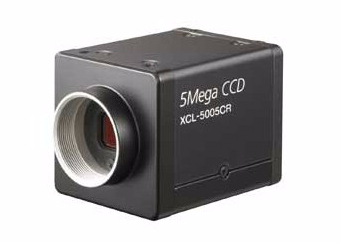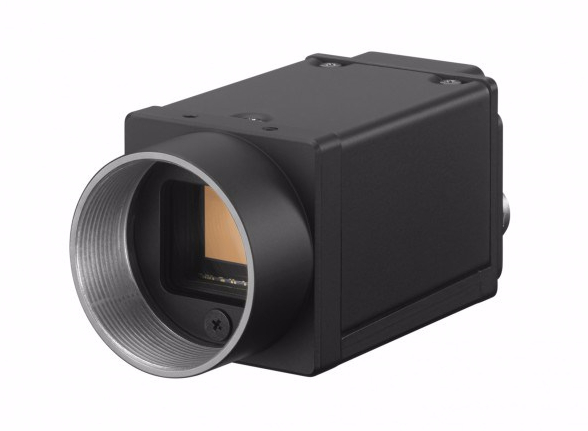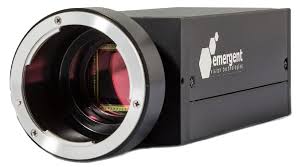
GigE Standard
GigE Vision cameras are high performing industrial cameras based on interface standard and provide a framework for carrying control data and high speed video transmission via GigE ports over Ethernet networks. The GigE standard constitutes four elements i.e. GigE Vision stream protocol, Device discovery mechanism, GigE Vision control protocol (GVCP) and GenICam standard. The GigE Vision stream protocol provides the definition of images transmitted over Gigabit Ethernet and all data types. The device discovery mechanism defines how compliant devices and camera obtain IP addresses. The GigE vision control protocol defines the configuration and control mechanisms for devices such as specific stream channels and cameras. Further to allow access to image stream and camera control, GenICam standard XML description file provides identical computer readable datasheet. The benefits of GigE Vision standard are varied and includes uncompromised data transfers reaching the lengths of 100m, single or multiple camera synchronization far from the dedicated computer system, large uncompressed images based on 1000 Mbps high bandwidth, providing highly scalable fastest connection in the camera industry, easy low cost integration over a standard hardware and low cost standard connectors or cabling options including CAT5e or CAT6.
Imaging
The GigE Vision cameras equipped with superior imaging performance and excellent image quality are in hot pursuit due to commendable data transmission speeds, higher bandwidth and low-cost cabling options. These cameras provide the perfect benchmark for achieving cost-effectiveness, precision and reliability as compared to pre-made cabling options based on single lane interfaces. The latest 10 GigE technology encompassed by these cameras utilizes long cables lengths based on inexpensive CAT6A cabling that can be easily terminated and installed equally for catering long distances. The benefits of easy installation prevent data-loss and high transmission speeds in real time scenarios. The ultra-high imaging speed of these cameras is setting new performance standards to coup with demanding needs of industrial and machine vision applications. The next generation camera technology alleviates time consuming multi-vendor integration by signifying seamless interaction of multiple computer systems via same Ethernet ports between machine vision hardware and software.
Seamless Operation
These digital cameras are effective for eliminating analog signal degradation by digitizing overall image of the camera. These cameras comprise of standard built-in connections to leverage the benefits of high frame rates and long cable lengths. The superlative imaging performance of these cameras is further ensured by seamless operation and images of high fidelity along with multiple mounting options. The latest CMOS sensor technology in these cameras constitute adequate camera network support for delivering high dynamic range, low latency, superior bandwidth, high resolution and high frame rates. The multi-camera synchronization attribute enables low CPU overhead, competitive cost-performance and low jitter to provide uncompromised imaging performance along with on-board processing feature with enhanced productivity. Thus, the ingress of GigE Vision cameras has accorded commercial and economic benefits to industrial consumers by opening new market avenues based on standard cabling options, GigE switches, GigE cards and affordable GigE interface chips.
Read more…https://emergentvisiontec.com/all-about-10-gige-vision/







